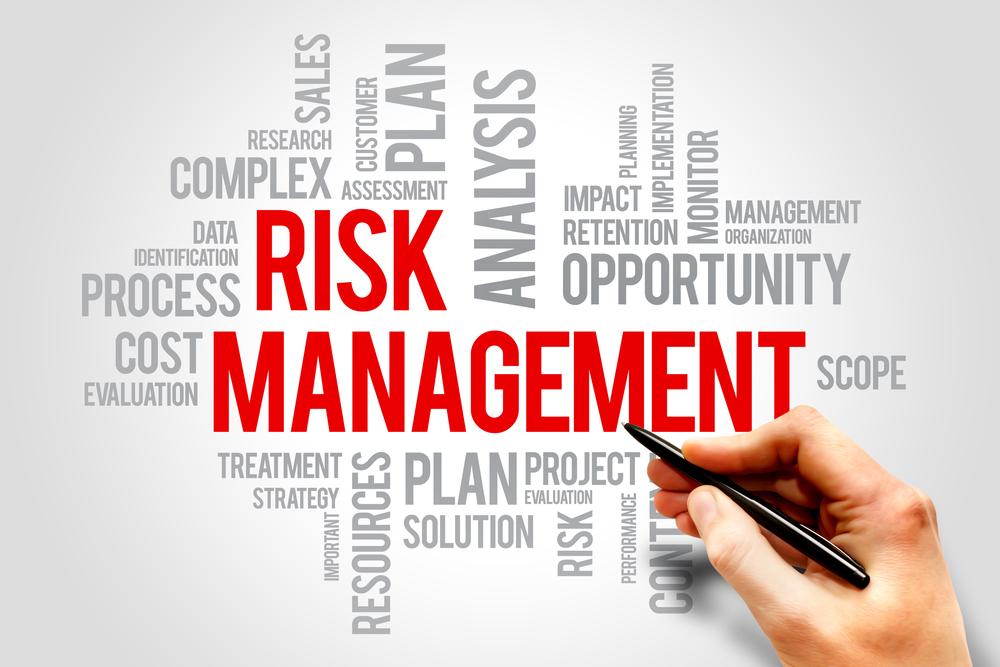Crypto trading has been a means of survival for some crypto enthusiasts, as so many people leverage the volatility of the crypto market to make ends meet.
Oftentimes, when Bitcoin becomes stable in price, so many people begin to panic. This is because it’s the volatility that traders leverage to make money while trading different currency pairs.
However, trading, especially trading the crypto market, is not as fun as it seems.
Looking at the trading charts or traders’ pictures might be enticing, but the reality isn’t.
So many newbies are diving into trading without proper crypto knowledge and trading risk management.
You are trading to make money but often at times, you lose ninety percent of your capital in the first six months of trading, especially for new traders.
10% of traders get to break even yearly, 80% fail in making any profit and only 10% are
consistently making money from the trading space, surprising right?
The reason is that very few traders begin with the right mindset of seeing trading as a long-term business with an understanding of reward-to-risk ratio and patience.
In this article, we will open your minds to crypto trading risk management, and prepare you for your trading journey.
What is Trading Risk Management?

Risk Management is simply minimizing the amount of risk that you are willing to take while trying to make money, bearing in mind that it is easier to lose money than to recover losses.
Let’s say you fund $100,000 and lose $50,000 which is 50% of your capital, you would need to make %100 profit with the $50,000 left to recover from that %50 drawdowns.
Is that possible? Uhm, hardly possible.
Risk Capital
This is the total amount of money you are willing to risk while trading, many traders are eager to make money without considering that they may incur losses, even with the best strategies you will still lose money.
Always trade with an amount you are willing to lose, an amount that won’t affect your emotions when you lose it.
Risk per trade
This is the amount you are willing to risk per trade.
It is always advisable to calculate both risk and reward in percentage as it gives you a clearer picture of performance and result.
Risk is the primary thing to be considered before taking any trade, Reward is secondary.
It’s not advisable to risk more than 3% for each trade as there is a high chance of a losing streak and the moment you have lost more than you can handle, you will get emotional and make wrong decisions that will cause further losses.
Let’s look at these illustrations on the difference between risking a very small percentage of your capital against risking more.
Illustrations showing 2% risk amounts and 10% risk amounts
| Trade | Total Amount | 2% risk amount per trade |
| 1 | $20,000 | $400 |
| 2 | $19,600 | $392 |
| 3 | $19,208 | $384 |
| 4 | $18,824 | $376 |
| 5 | $18,447 | $369 |
| 6 | $18,078 | $362 |
| 7 | $17,717 | $354 |
| 8 | $17,363 | $347 |
| 9 | $17,015 | $340 |
| Trade | Total Amount | 10% risk amount per trade |
| 1 | $20,000 | $2,000 |
| 2 | $18,000 | $1,800 |
| 3 | $16,200 | $1,620 |
| 4 | $14,580 | $1,458 |
| 5 | $13,122 | $1,312 |
| 6 | $11,810 | $1,181 |
| 7 | $10,629 | $1,063 |
| 8 | $9,566 | $957 |
| 9 | $8,609 | $861 |
You can see for yourself the big difference between risking 2% of your trading account and 10% for each trade and losing nine consecutive times.
Risking a little might seem a little profitable, but don’t forget it saves you more.
Also, the accumulation of profits is better than the accumulation of losses. Oftentimes, you might lose 9 trades at a stretch.
But what’s the chance of losing nine consecutive times right? I guess there is something called a bad day.
With good risk management from the above table, you will only be losing 14.92% from nine straight losses with a 2% risk management per trade, but with a 10% risk per trade, you would have lost 56.95%. Always calculate risk in percentage before opening any position.
How to manage Risk in trading?
Managing risk requires you to understand the Reward/Risk Ratio or Risk/Reward Ratio.
Reward/Risk Ratio
The reward/risk ratio tells you how much you are willing to place on a trade(Risk) and how much you are willing to profit(Reward).
It is something you plan before placing trades.
Measuring the risk you are willing to take is not enough to bring you the money you are looking for.
Your goal should be to make at least three times the amount you are willing to risk per trade.
That way you will not get emotional even if you lose five trades at a go.
For instance, a reward-to-risk ratio of 3:1 means that you are using $1 to profit $3 per trade.
If you use a 3:1 reward/risk ratio, you will have a chance to be profitable in the long run,
remember the goal is to be consistently profitable in the long run, not to make money today and post on social media only to lose everything weeks later.
Let’s use this chart as an example to explain the 3:1 reward-to-risk ratio on a $20,000 account risking just 2% ($400) per trade.
| Trade | Loss | Wins |
| 1 | $400 | |
| 2 | $400 | |
| 3 | $400 | |
| 4 | $1,200 | |
| 5 | $400 | |
| 6 | $400 | |
| 7 | $1,200 | |
| 8 | $1,200 | |
| 9 | $1,200 | |
| 10 | $400 | |
| Total | $2,400 | $4,800 |
risking just 2% ($400) per trade.
This is the power of a good reward/risk ratio, it keeps you in profit even if you lose six trades out of ten trades.
It is important to know that 3:1 is not a standard, you could use 8:1, 40:2, and 25:3 reward/risk ratios.
One thing you must have is discipline, you must plan your trades and trade your plan.
Trading setup
Why is this important?
Risk Management helps you minimize losses, but your trading setup must allow you to use a small Risk-per-trade that can make at least a 3:1 reward/risk ratio achievable.
If the setup is going to require a very large Risk, let it go and wait for another.
Making money has not been a challenge for most traders, repeating the process has been a
nightmare, practice good risk management from today and watch your few wins transform your trading account.
Also read, 8 ways to make money with blockchain technology.
Conclusion
Having a good setup or being proficient in technical and fundamental analysis is not a guarantee for trading success.
Trading risk management is a plus to you if you are good at analyzing the market.
Risk management also manages our emotions as we keep our trading journey moving.
However, mastering trading risk management alone is not financial advice.
You need to blend good trading analysis with good trading risk management to have an edge over the volatile crypto market.
